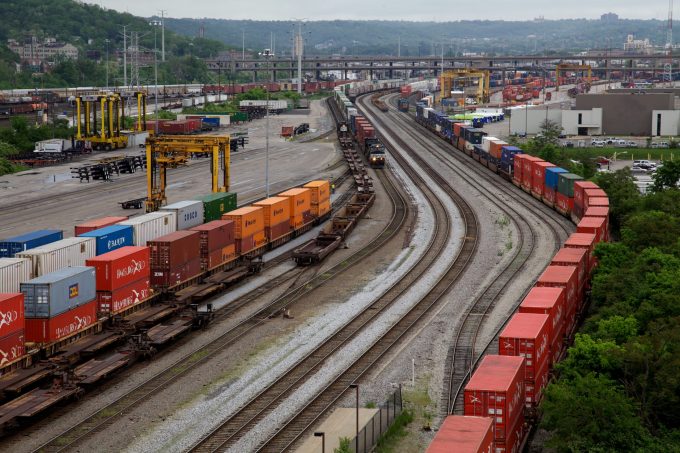US port capacity and kicking the strike can down the road
Gauging the ripple effect

US west coast ports are losing business to other gateways because of opposition from workers to productivity improvements, according to some observers.
However, labour unions believe intermodal connectivity, rather than port productivity, should be the focus for change.
Lately the Wall Street Journal has been the stage for a debate on west coast port productivity, with an opening salvo from Peter Tirschwell, VP maritime and trade at IHS Markit and editor-in-chief of the Journal of Commerce.
He argues that US ports have been ...
Volcanic disruption at Anchorage could hit transpacific airfreight operations
Macron calls for ‘suspension’ – CMA CGM's $20bn US investment in doubt
De minimis exemption on shipments from China to the US will end in May
Forwarders stay cool as US 'liberation day' tariffs threaten 'global trade war'
Trump tariffs see hundreds of cancelled container bookings a day from Asia
Mixed response in US to 'Liberation Day', while China leads wave of retaliation
Tariffs and de minimis set air freight rates on a volatile course
Overcapacity looms for ocean trades – with more blanked sailings inevitable
East-west rates diverge as transpac spots hold while Asia-Europe keeps falling
Temu and DHL join forces to expand non-US ecommerce sales
Purchase of Panama railway 'a significant opportunity' for ambitious APMT
'To ship or not to ship', the question for US importers amid tariff uncertainty
Survey results: the biggest concerns for forwarders and shippers in 2025
DHL Capital Markets Day – Scharwath steals the show, plays down size concern
'No lookouts on either ship' says MAIB report on box ship-tanker collision

Comment on this article
Gary Ferrulli
June 18, 2021 at 3:09 pmReality, lots of blame for the congestion in the US, several bottlenecks at inland points, including cargo interest warehouses as well a rail intermodal ramps. But first bottleneck on imports is at the ports and terminals on the US West Coast where productivity lags well behind the top 15 major ports in the world while compensation is the highest in the world. It goes downhill from there.